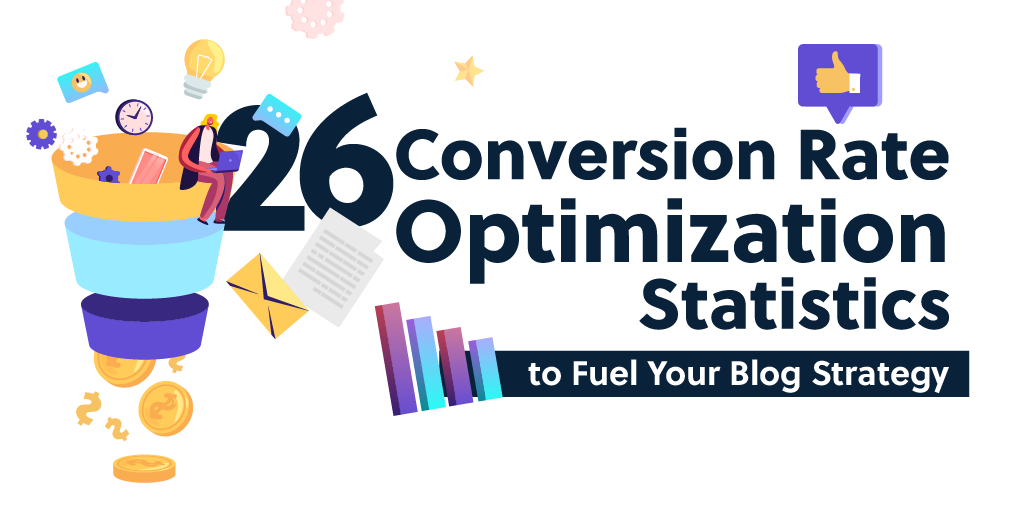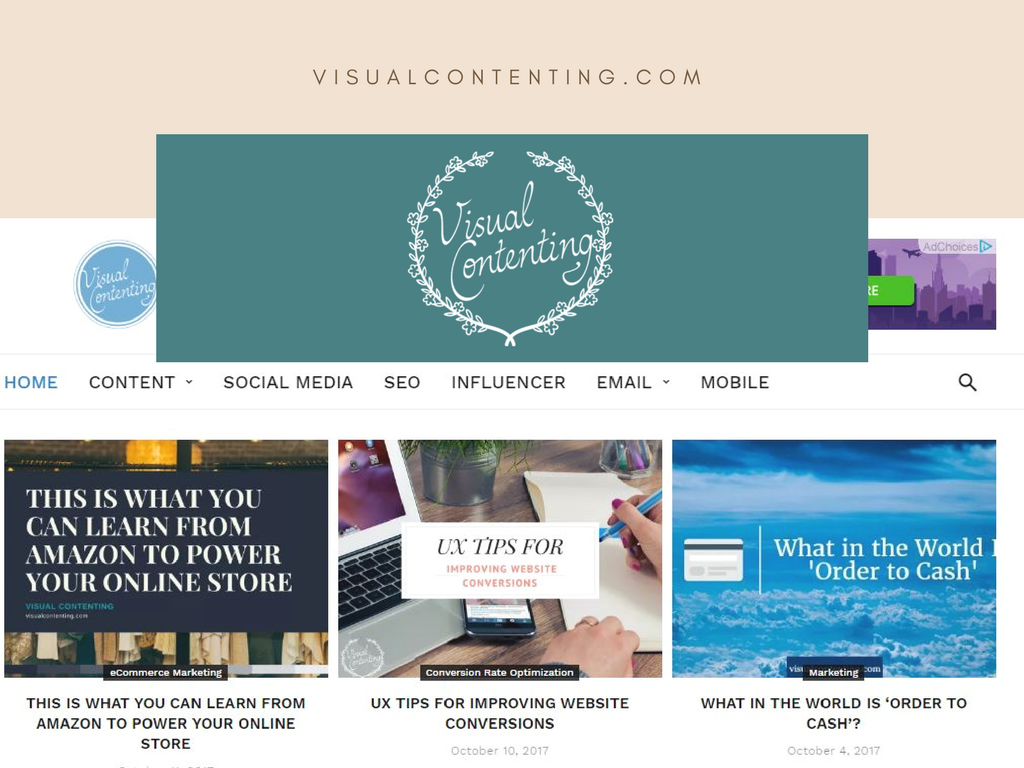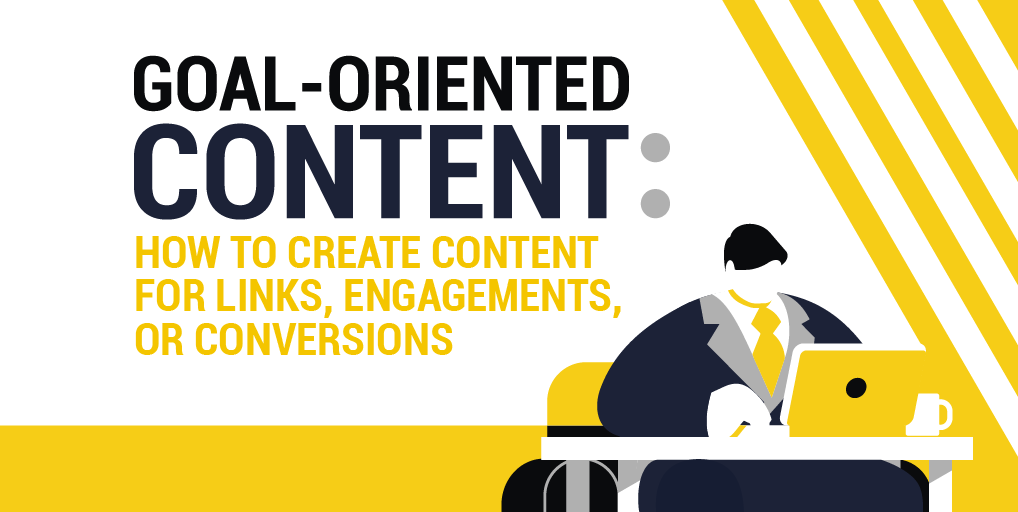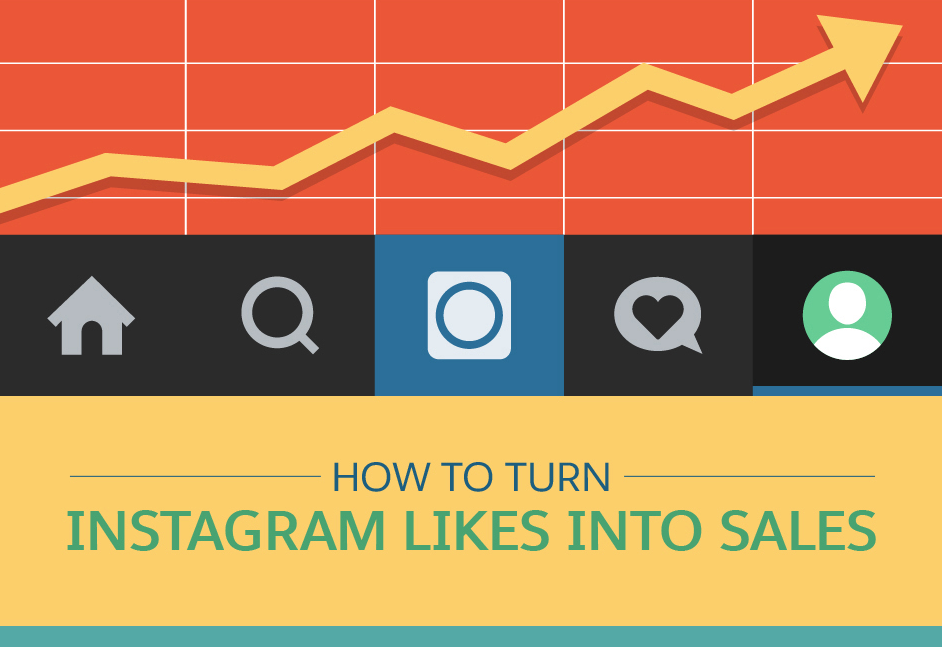The ultimate goal of any business is to make a profit. This is usually obtained through sales. Hence the following assumption may be made: the more sales your business makes, the higher your revenue will be. But does this rule of positive correlation apply to every concept within the business world? Multiple studies have shown that ‘the more, the merrier’ may not be the case when it comes to customer choice. While this idea may seem counter-intuitive, the truth is that a lot of times when customers are exposed to a greater variety of options, they tend to be less satisfied with their customer experience than if there were just a couple of the available choices. This underlines the importance of understanding customer behavior as sometimes it can be rather unpredictable and not knowing the pattern can negatively affect your conversion.
The first thing for marketers to consider when learning more about their customers’ behavior is understanding how they carry out the decision-making process. To successfully appeal to the target audience and subsequently increase the conversion rates, it is absolutely vital to address all the issues such as the amount of time and effort invested that customers may experience when it comes to making a choice.
Types of Consumer Decision

It is important to remember that not all decisions made by the customers when making a purchase have the same nature. In fact, researchers identify three distinct types of consumer decisions:
Nominal Decision-Making
Nominal decision-making refers to the decisions made by customers easily. This means that these decisions are either made about purchasing from a familiar brand or company that the customer has already had a positive experience with, purchasing low-cost products that do not require high levels of involvement and/or search efforts.
Sometimes, nominal decisions do not start as such, since before settling down with one product customers may spend weeks in prior to first purchase. However, as they find the product that satisfies their needs and comply perfectly with all their requirements regarding this type of product, they start buying it on a regular basis.
In the case of products that fall into this category, it is important for companies to remember that too much marketing effort can result in a negative impact on the conversion rates. Customers are already happy with the product they are purchasing, so introducing more choice can be somewhat confusing and will not have the projected return on investment.
Therefore, for such products all that needs to be done by companies to maintain the conversion is:
- Ensuring the product is stocked up hence available to customers
- Ensuring all the components of the marketing mix remain stable and cohesive
Limited Decision-Making
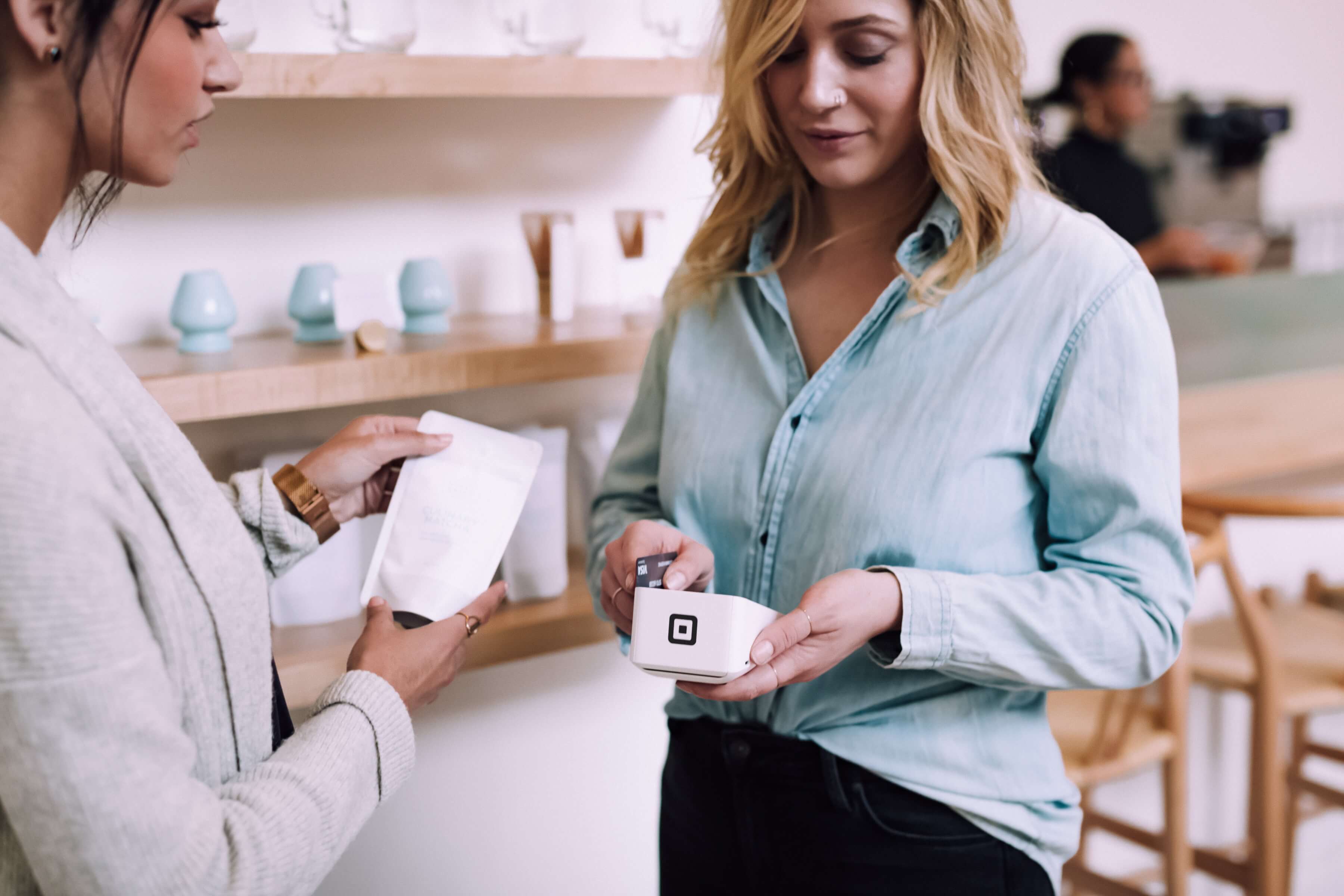
Limited decision making is the next level in the hierarchy of decision-making processes. It is similar to the previous type in a way that it does not involve thorough research before choosing the product. The reason for it is that the products that fall into this category are mid-cost or semi-frequent purchases. Therefore, when choosing such a product, customers are likely to ponder a bit over buying it, trying to remember their previous experience with it and understand whether it brought them satisfaction or not. However, they will not go online to carry out detailed research of testimonials to make up their mind.
Limited decision making is relevant for the options that customers would not usually choose, but are still not averted to purchasing them. An example of such could be a meal at a restaurant that is slightly out of a given customer’s budget. They would not usually go there for dinner, but granted the dishes are tasty, they might choose that place for a special occasion.
When trying to come up with a strategy for this type, marketers need to follow such steps to boost conversion rates:
- Revise the quality of the product and its availability to make sure it leaves a positive association
- Employ promotional activities that would emphasize the advantages of the product to relegate it from a limited decision to the nominal one
Extended Decision-Making
Extended decision making is centered around the products of the highest price that require the most involvement, unfamiliar brands. Before making such a choice, customers invest a lot of their time and effort into finding out more about the product. They read reviews online, compare the product to the ones of competitors, ask for the opinion of their surroundings.
Understandably, extended decisions come with a higher degree of risk, which affects customer behavior and makes them more careful when making a purchase. Therefore, marketers need to apply more effort to convince the customers that they need the product:
- Increase social media and overall online presence so that customers would view your brands as a trustworthy one
- Provide extensive details about the product you sell for the customers to have an opportunity to compare it to the others available on the market adequately
- Offer guidance to ensure your customer is attended at all times and feels confident about their purchase
In fact, offering guidance may not be applicable to extended decisions. It can also prove to be helpful in the case of choice overload.
Choice overload is a cognitive process in which people can suffer difficulties making a decision when they are faced with an extended choice. Put into simpler words, choice overload is a term that means ‘brain freeze’ at the sight of way too many things to choose from. It has gained popularity over the last couple of decades as the world has become filled with various products for every taste. Nowadays, we are surrounded by millions of different options when it comes to the things we can buy. However, multiple studies state that it does not mean that customers are more inclined to purchase more when they are exposed to a greater choice. On the contrary, they actually often tend to go with the safest option, which, in many cases, is to avoid making a purchase at all. This leads to customer dissatisfaction and decision fatigue.
The first time this concept was documented was by scientists Profs. Sheena Iyengar and Mark Lepper that conducted a famous Jam study in 2000. The results of the study were rather shocking.
Sheena’s research team set up a place with a tasting of jam. At different times throughout the day of the experiment, there were either 6 different samples of jam flavors or 24. When the choice was more limited, only 40 % of passing by people stopped by the stall to give it a try as opposed to the 60% of potential customers when there were 24 different flavors. In both cases, customers tasted on average two different jam flavors.
This seems fair enough that there was more attention to a greater variety of options. However, how many of these interactions actually resulted in a purchase? When only 6 flavors were displayed to the customers, 30% of them bought a jar of jam. On the other hand, among those who stopped to taste one of the 24 flavors, only 3% made a purchase. This is a clear example of how people tend to act less confidently when they are faced with a greater choice: often, they defer making one altogether.
Methods to Avoid Choice Overload

Therefore, less can actually be more when it comes to understanding the connection between customer choice and your conversion. Here are some methods that can help avoid choice overload:
Cut the Number of Options Available
Recent research by Stanford GSB marketing professor Itamar Simonson shows that customers prefer a bigger selection until they don’t. This means that depending on where the customers are in the decision-making timeline, they can either be attracted to a greater variety of options to choose from or subconsciously want a smaller one. As customers are only contemplating an idea of making a purchase, they are drawn to the fact that there are multiple things they can show. However, as they get closer to the actual moment of buying, they would rather have only several options to have a better understanding of which one is better for them.
Therefore, if you want to improve your conversion, get rid of the options that are not essential for your brand.
Categorize
People tend to view separate categories as separate choices. Therefore, you may display the same number of products but categorize them into a different group, and this would be perceived by the customers better.
Explain
To understand which choice is more appealing to them, customers need to understand the consequences linked to each of them. If they do not understand the difference between the options, they will likely feel stressed out about having to compare products with unknown characteristics and would prefer to avoid making a decision at all.
Related Posts
Cheryl Hearts is a passionate journalist from Boston, Massachusetts. She decided to dedicate her life to writing because she thinks this way she can be the most useful for the community. After obtaining a Master’s degree in Journalism, Cheryl started running her own blog CherylHearts.com where she’s covering topics of great interest to society.


